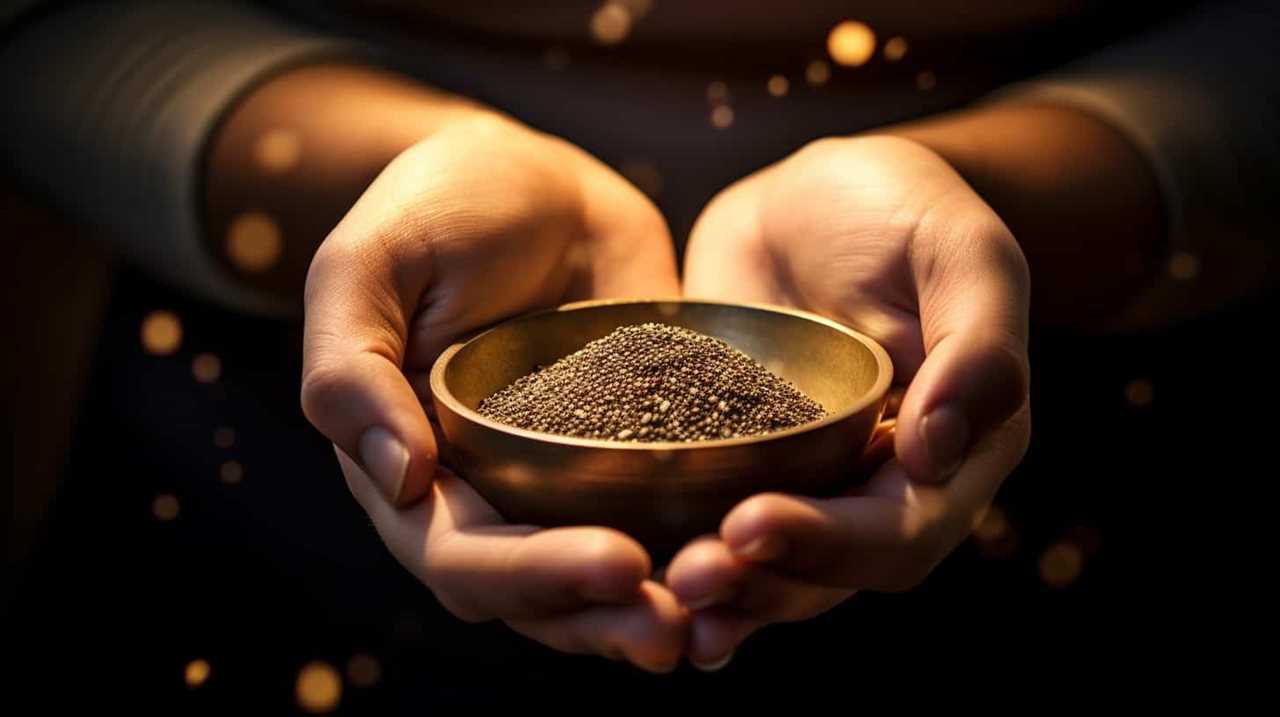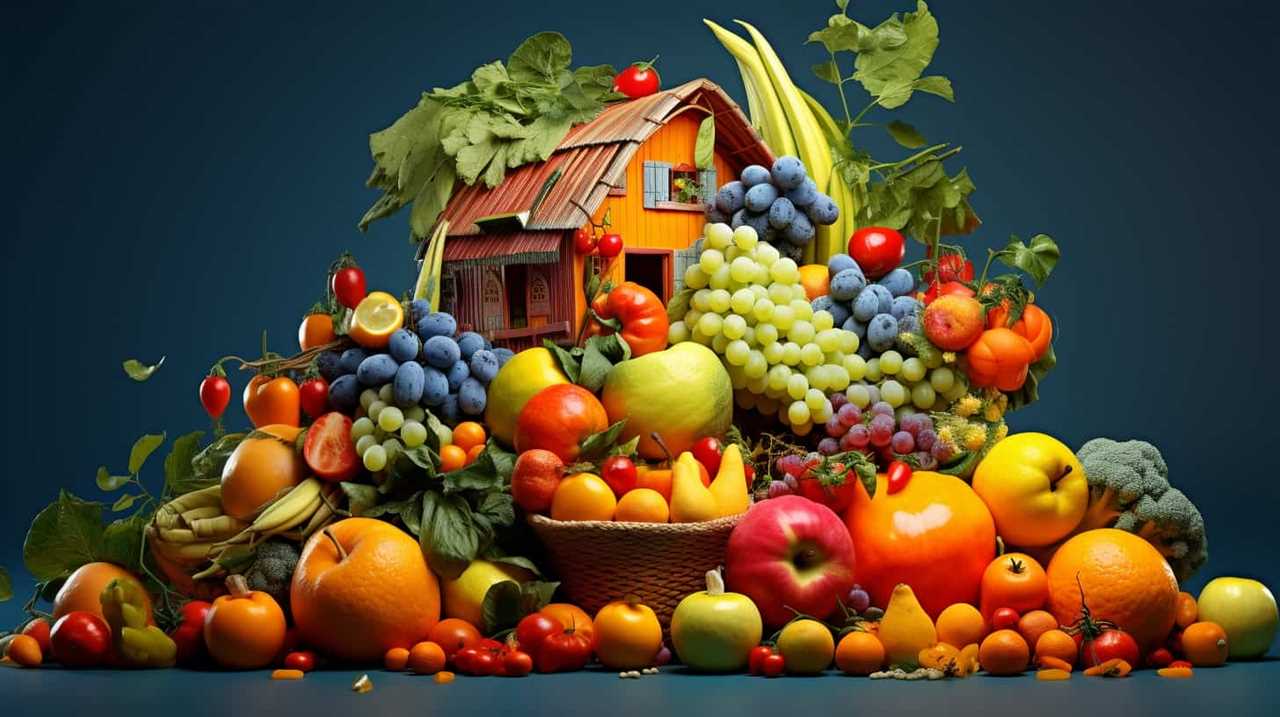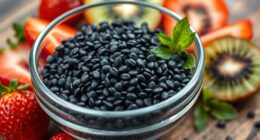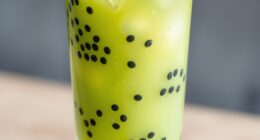Were you aware that chia seeds can grow up to 10 times their initial size?
However, many of us have experienced the frustration of chia seeds that simply won’t expand.
In this article, we’ll explore the science behind chia seed expansion and provide you with valuable tips and techniques to ensure maximum expansion.
Get ready to unlock the full potential of your chia seeds and enjoy their numerous health benefits.
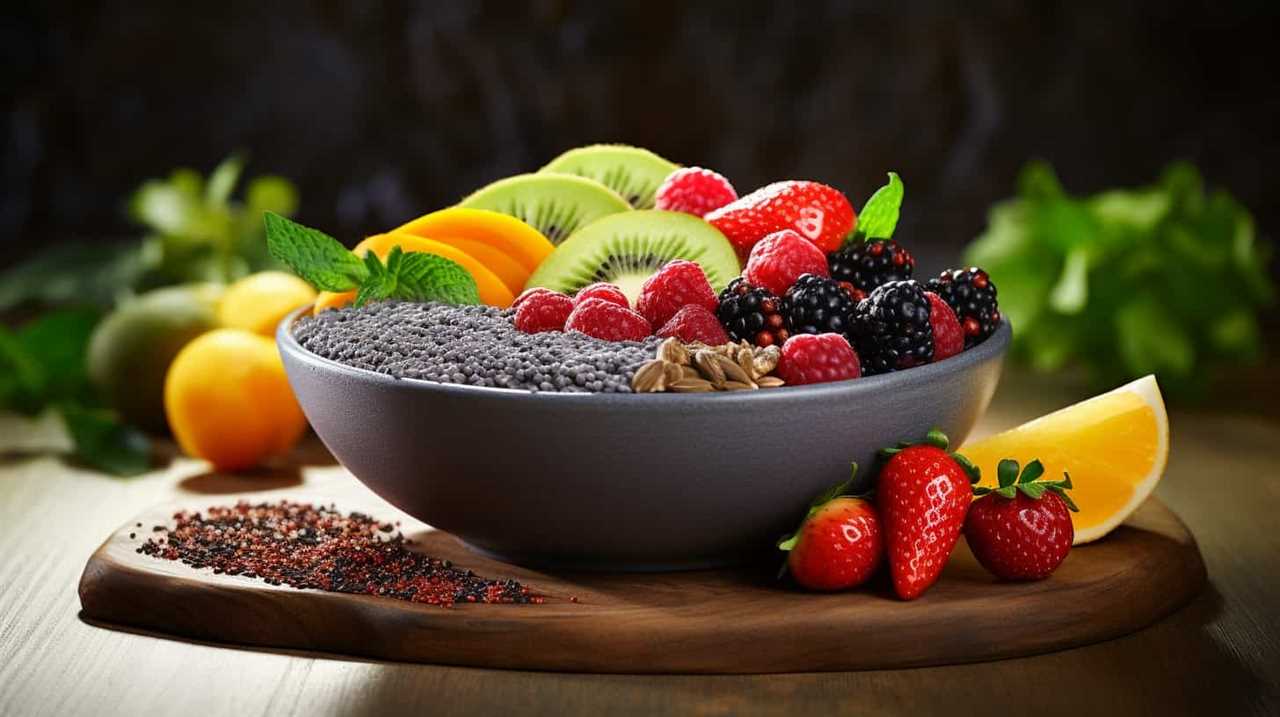
Let’s dive in!
Key Takeaways
- Chia seeds absorb liquid and create a gel-like substance due to their high soluble fiber content.
- Factors like liquid type, temperature, ratio, and hydration time affect the speed of chia seed expansion.
- Using too little liquid, inadequate stirring, and storing chia seeds in humid environments can prevent proper expansion.
- Soaking chia seeds for at least 30 minutes, stirring regularly, using warm water, and using a higher water-to-chia ratio can promote maximum expansion.
Understanding the Science of Chia Seed Expansion
As we delve into the science of chia seed expansion, let’s explore the intricate process behind this phenomenon.
The chia seed hydration process is the key to its expansion. When chia seeds come into contact with liquid, they absorb it and create a gel-like substance around them. This gel forms due to the high soluble fiber content of chia seeds.
As the seeds absorb the liquid, they swell and increase in size. The speed of this process depends on various factors, such as the type and temperature of the liquid, the chia seed to liquid ratio, and the time allowed for hydration. Additionally, the presence of acids can enhance the hydration process.
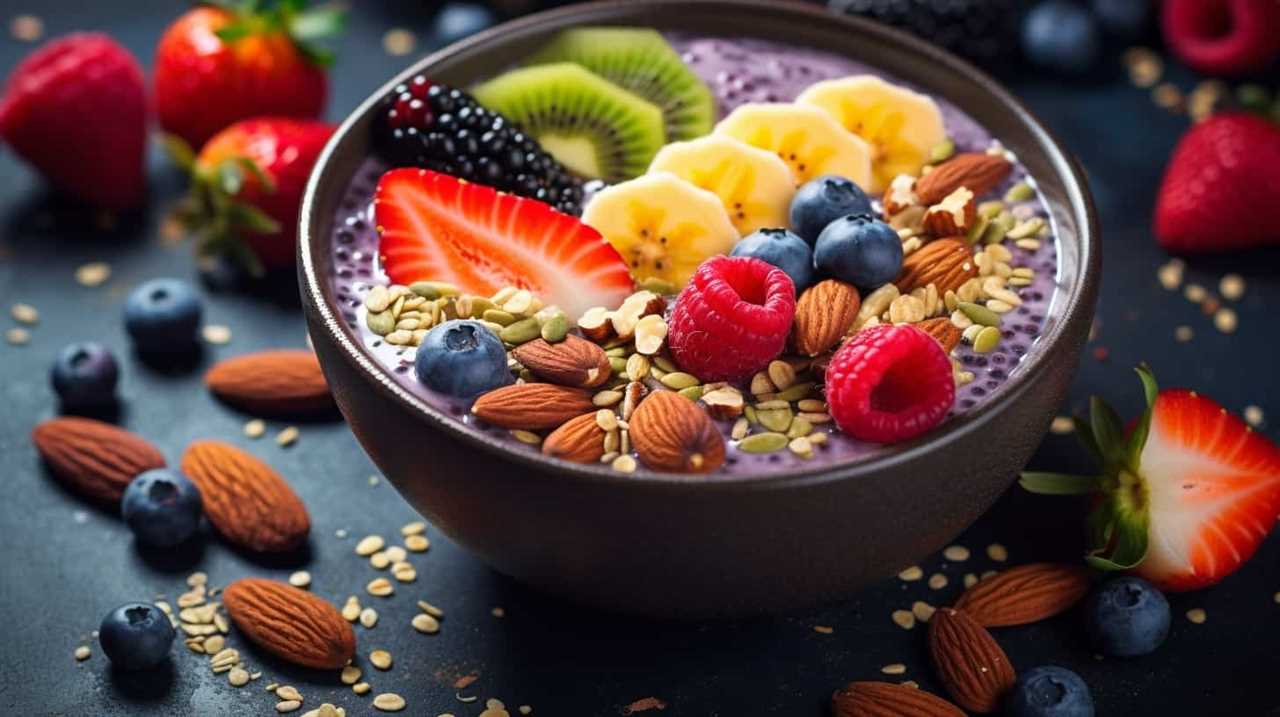
Understanding these factors can help in optimizing chia seed expansion for various culinary and nutritional purposes.
Common Mistakes That Prevent Chia Seeds From Expanding
To prevent chia seeds from expanding, it’s important to avoid certain common mistakes. One of the main causes of chia seed clumping is using too little liquid. Chia seeds need to absorb water to expand properly, so make sure to use enough liquid when incorporating them into recipes.
Another mistake to avoid isn’t stirring the chia seeds adequately. Stirring them well ensures that they’re evenly distributed and can expand uniformly.
Additionally, storing chia seeds in humid environments can cause them to clump together. It’s best to store them in a cool, dry place.
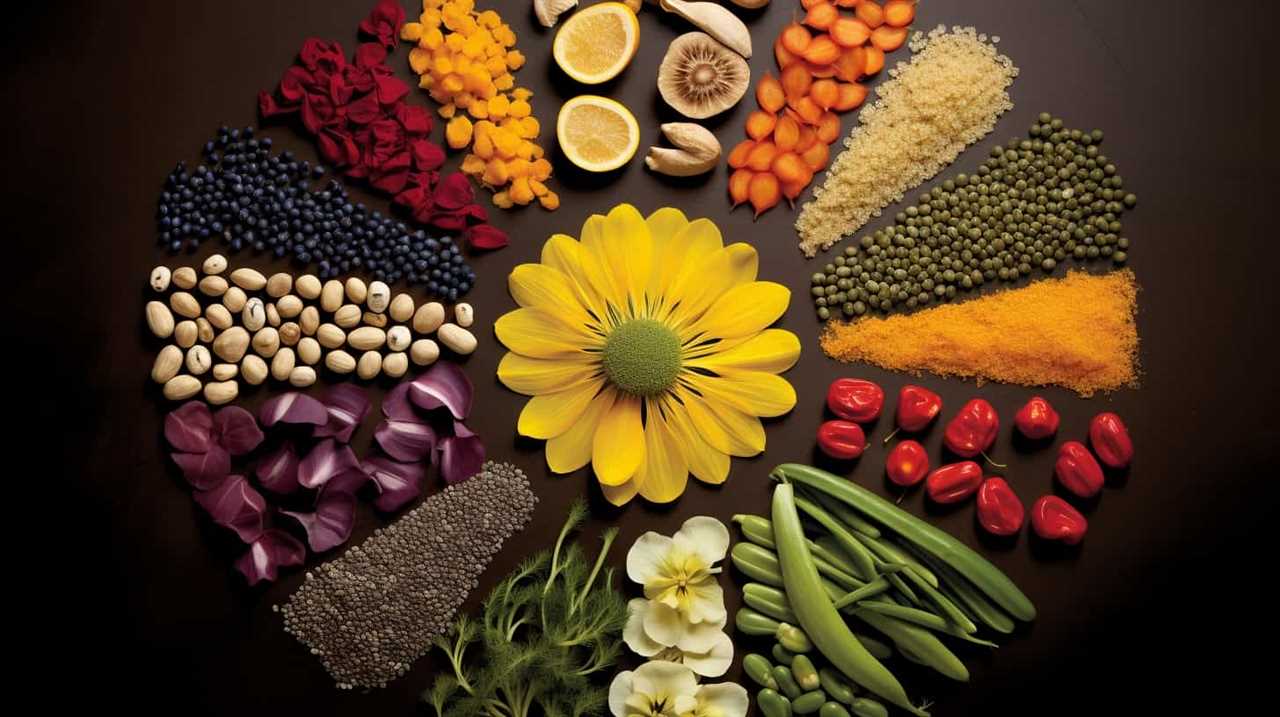
Lastly, if you’re looking for alternative uses for chia seeds, you can sprinkle them on top of salads, yogurt, or oatmeal for added texture and nutrition.
Soaking Techniques for Maximum Chia Seed Expansion
To achieve maximum chia seed expansion, we can enhance the soaking technique. Here are four tips to ensure optimal results:
-
Increase chia seed soaking time: While soaking chia seeds for 15 minutes can be sufficient for some recipes, allowing them to soak for at least 30 minutes or overnight can lead to better expansion.
-
Stir intermittently: Stirring the chia seeds every 5-10 minutes during the soaking process can help prevent clumping and promote even hydration, which contributes to greater expansion.
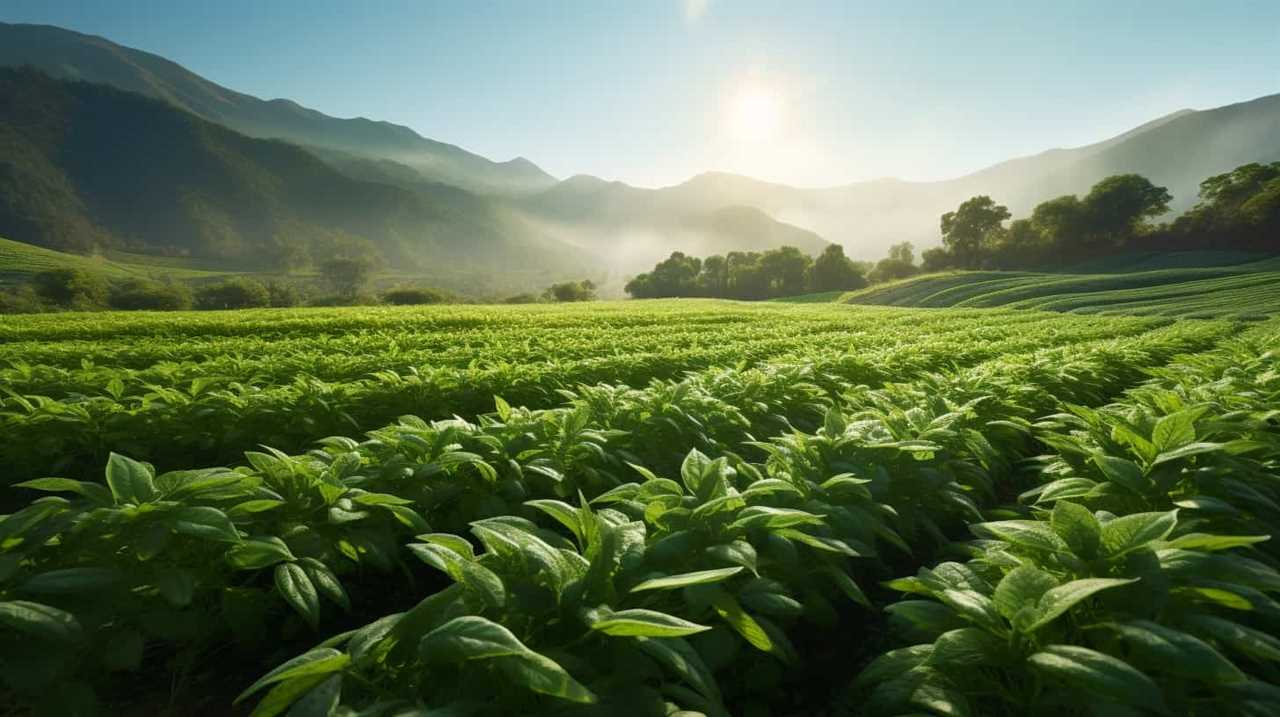
-
Use warm water: Soaking chia seeds in warm water can aid in the absorption of liquid and encourage the seeds to expand more effectively.
-
Use a higher water-to-chia ratio: Increasing the amount of liquid in relation to the chia seeds can allow for greater expansion. Aim for a ratio of 4 parts liquid to 1 part chia seeds.
By implementing these soaking techniques, you can maximize the benefits of chia seed expansion.
Now, let’s explore how adding the right liquids can further promote chia seed expansion.
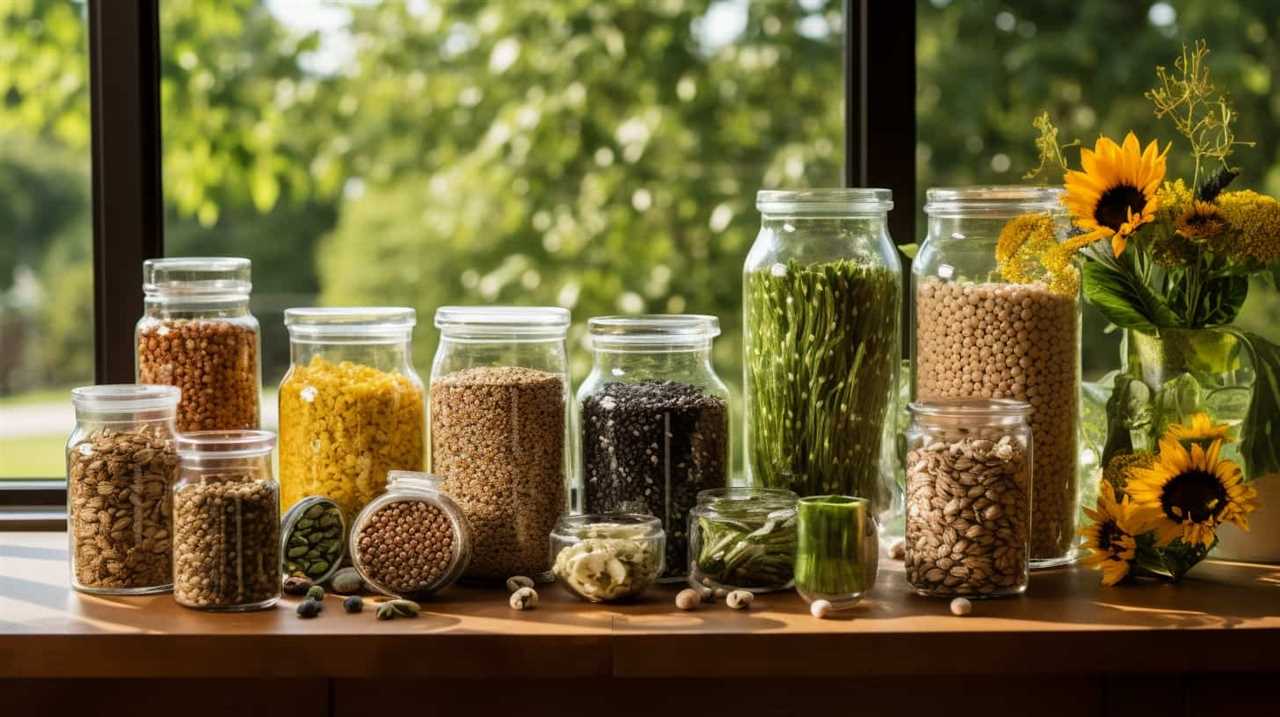
Adding the Right Liquids to Promote Chia Seed Expansion
To maximize chia seed expansion, we found that incorporating specific liquids into the soaking process is key. Water is the most common liquid used, as it’s easily accessible and affordable. However, there are alternative liquids that can further promote chia seed absorption and expansion.
One such alternative is almond milk, which adds a creamy texture and enhances the overall flavor. Coconut water is another option, providing additional electrolytes and a hint of natural sweetness. Additionally, fruit juices like orange or pineapple juice can add a burst of flavor while promoting chia seed expansion.
By using these alternative liquids, you can enhance the soaking process and ensure that your chia seeds expand to their full potential.
Now, let’s move on to troubleshooting tips for chia seeds that won’t expand.
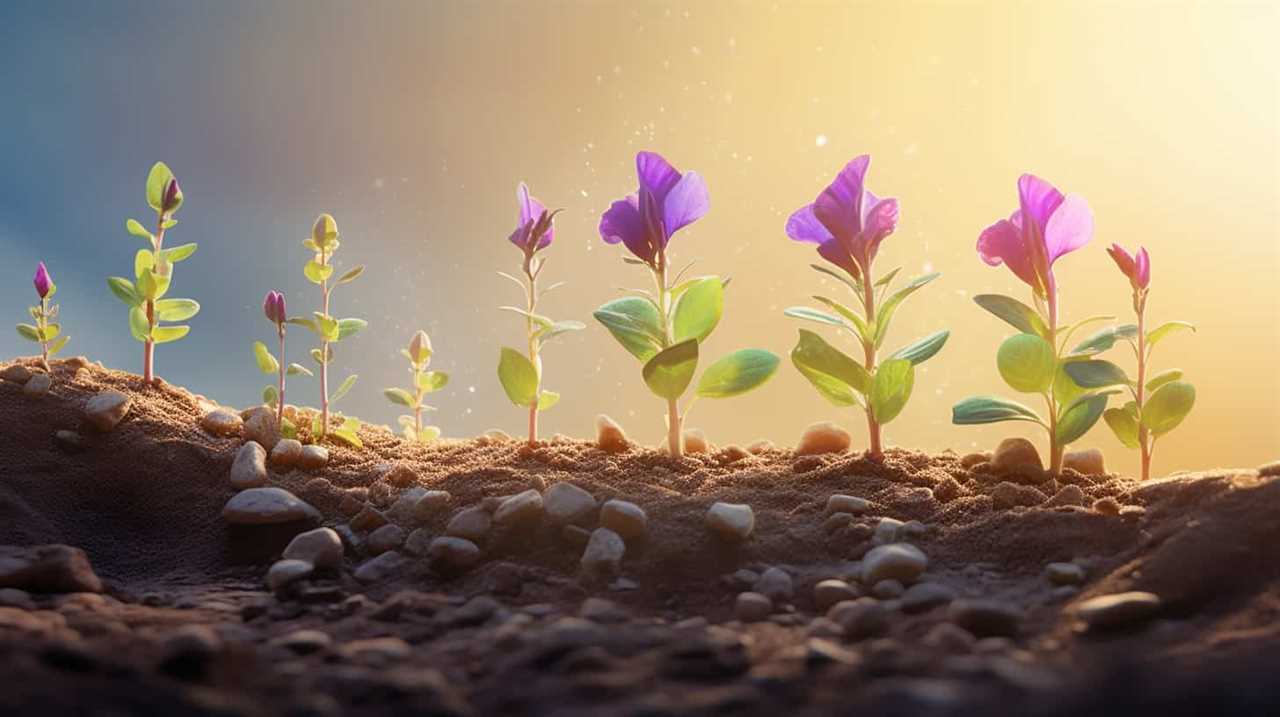
Troubleshooting Tips for Chia Seeds That Won’t Expand
Now, let’s delve into some troubleshooting tips for chia seeds that refuse to expand. If your chia seeds aren’t expanding as they should, here are four possible reasons and solutions:
-
Insufficient liquid: Chia seeds need enough liquid to expand properly. Make sure you’re using the recommended ratio of liquid to chia seeds in your recipes.
-
Lack of time: Chia seeds require time to absorb the liquid and expand. Be patient and allow them to sit for at least 15 minutes before checking for expansion.
-
Inadequate stirring: Stir the chia seeds thoroughly to prevent clumping. This ensures that each seed is evenly coated with liquid for proper expansion.
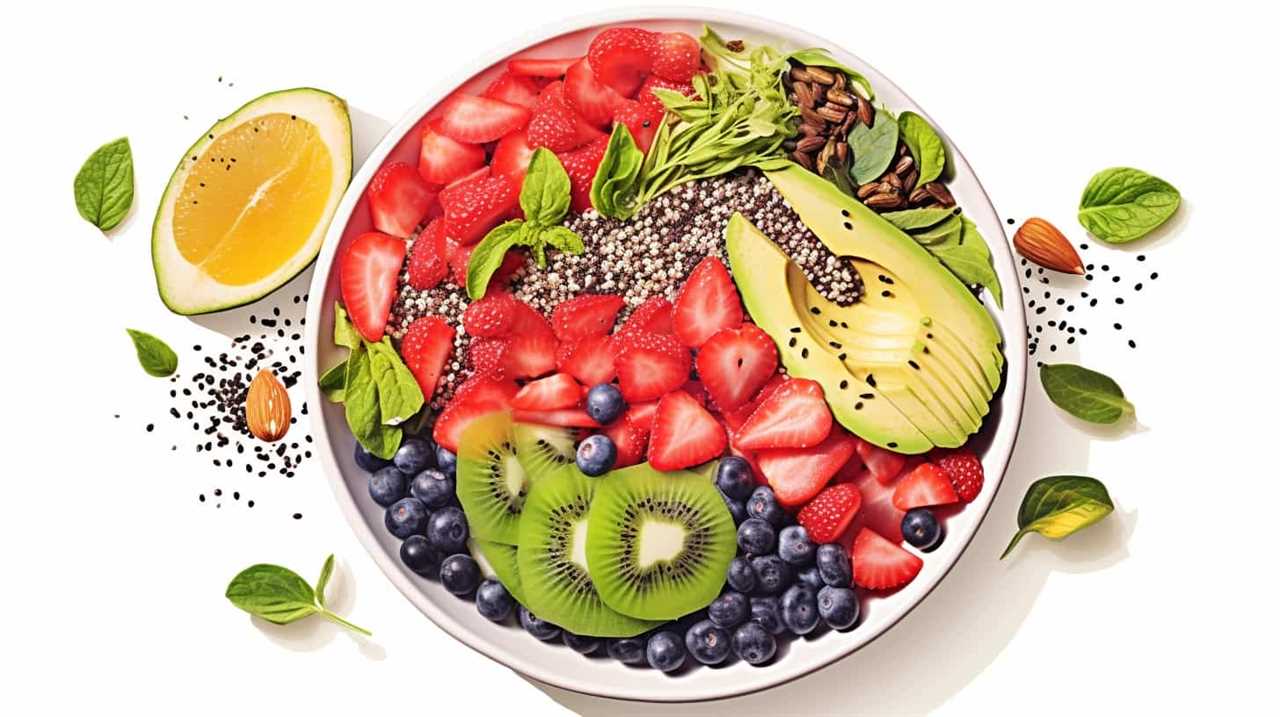
-
Expired seeds: Check the expiration date on your chia seeds. Expired seeds may not expand properly. Always use fresh, high-quality chia seeds for the best results.
Frequently Asked Questions
Can Chia Seeds Expand in Any Type of Liquid?
Yes, chia seeds can expand in any type of liquid. They are commonly used in chia seed recipes, such as chia seed pudding, where they absorb liquid and become gelatinous.
Are There Any Health Benefits to Consuming Chia Seeds That Have Not Expanded?
There are still health benefits to consuming unexpanded chia seeds. They are packed with nutrients like protein and fiber, and can be used in recipes like smoothies or overnight oats.
Can Chia Seeds Still Be Used in Recipes if They Don’t Expand?
Chia seeds that don’t expand can still be used in recipes. They can be added to smoothies, yogurt, or baked goods as a nutritious ingredient. They provide fiber, protein, and omega-3 fatty acids.
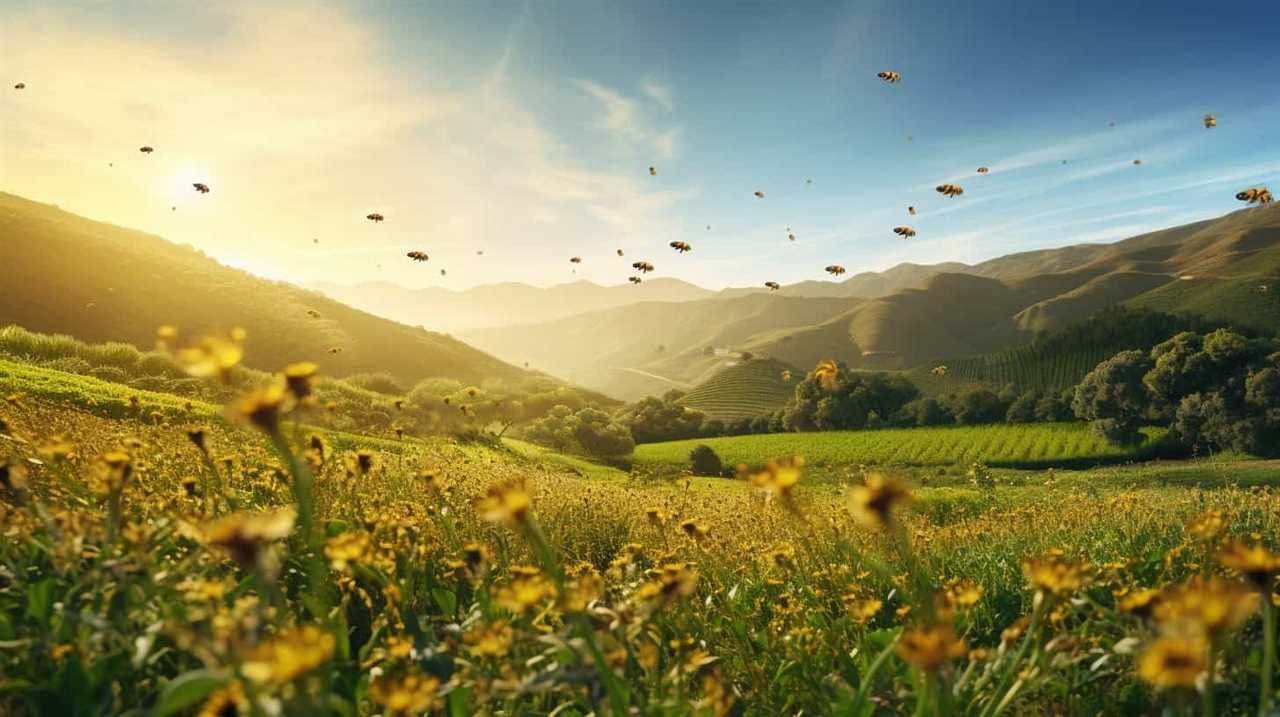
How Long Should Chia Seeds Be Soaked Before They Start to Expand?
Chia seeds need time to soak before they expand. The soaking time varies, but generally, 15-30 minutes is sufficient. If they don’t expand, it could be due to insufficient soaking or poor quality seeds.
What Is the Ideal Water-To-Chia Seed Ratio for Optimal Expansion?
The ideal water-to-chia seed ratio for optimal expansion depends on the soaking time. Soaking chia seeds helps break down their outer layer and promotes absorption of water, leading to expansion.
Conclusion
In conclusion, understanding the science behind chia seed expansion is crucial for achieving maximum results. By avoiding common mistakes and using proper soaking techniques and liquids, you can ensure that your chia seeds expand as desired.
Just like a blooming flower, the chia seeds will burst open and create a gel-like texture, adding a delightful touch to your recipes.

So don’t be discouraged if your chia seeds haven’t expanded yet, with the right approach, you’ll soon witness their transformation.
